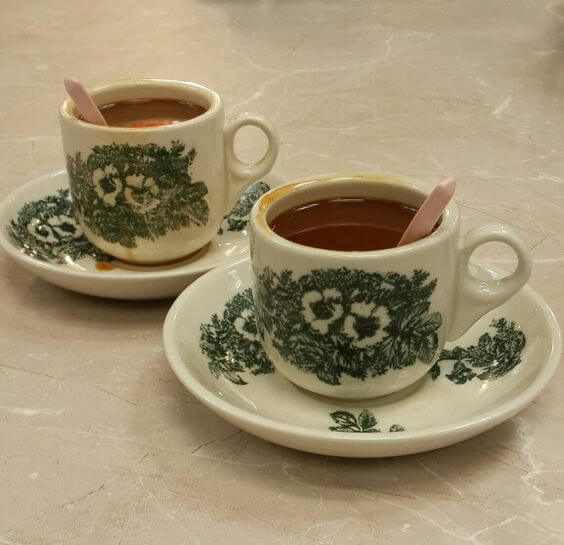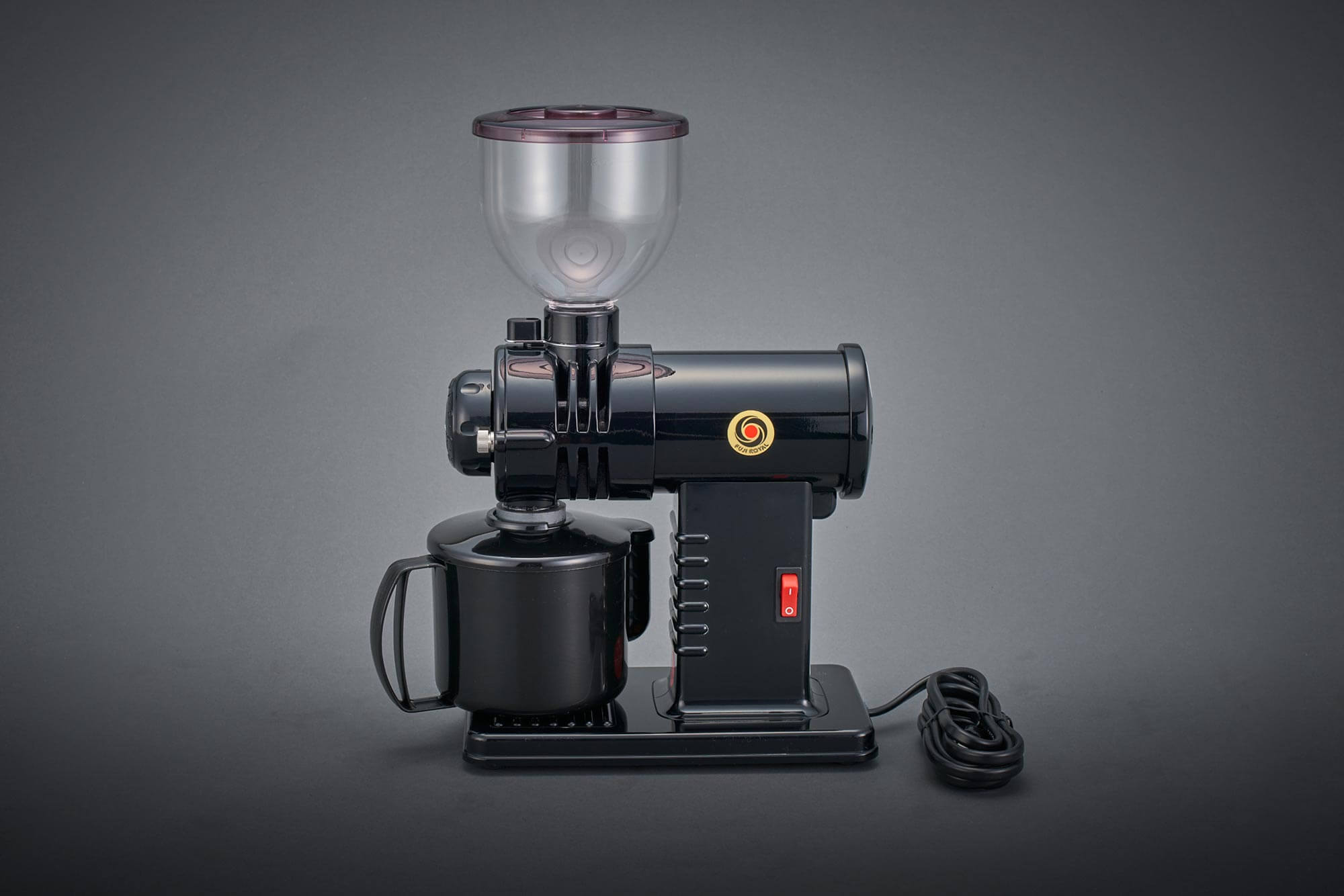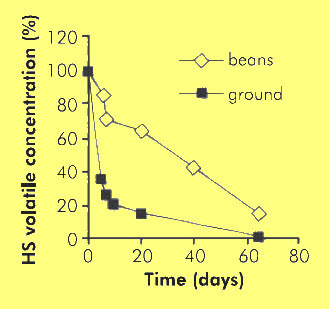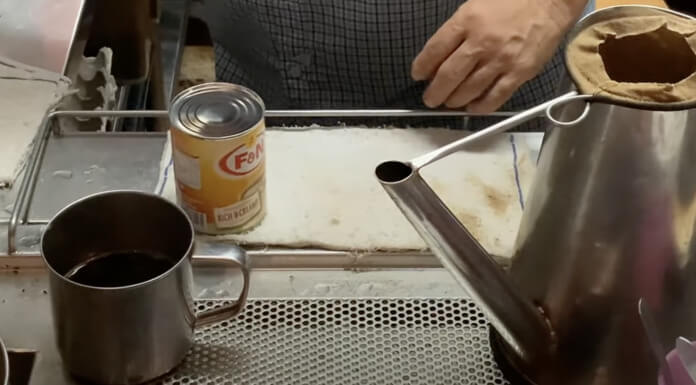
In the heart of Singapore’s bustling streets, the familiar aroma of coffee – or as the locals fondly call it, “kopi” – wafts through the air. These brews find their homes in the city’s bustling hawker stalls and quaint coffee shops. Yet, even with an abundance of options, one could be left pondering, “Which stall serves the best or what’s the perfect kopi?”
The Coffee Queue and Beyond
While a long queue may be the obvious first indicator of a good brew, the real secret to identifying top-tier perfect kopi lies deeper.
Freshly Ground: A Sign of Quality

Spotting a coffee grinder on-premises is a good omen. Freshly ground coffee is a hallmark of quality. As coffee beans remain whole, their external cells act as a shield, preventing oxidation and preserving those robust flavors. Once ground, this protection diminishes rapidly, and the coffee begins to lose its nuanced flavours.
This stark difference can be visualized in the following graph, depicting the rapid deterioration in flavour of ground coffee over mere hours, compared to the resilience of the whole bean.

The best stalls understand this delicate balance and grind their beans freshly for each brew, ensuring that every cup retains the coffee’s aromatic purity.
Cloth Filters: An Age-Old Tradition

Steeped in tradition, the kopi brewing process often employs cloth filters, reminiscent of socks. The condition and usage of these filters play a pivotal role in the quality of the brew. A well-maintained filter, changed frequently, ensures a clean and pure extraction. Otherwise, the remnants will release astringents which would pollute the cup.
Top establishments often have multiple socks on standby, swapping them out after each use. Witnessing this rotation and their meticulous cleaning signals dedication to a pristine brew.
Mastering Temperature: An Art and Science
Brewing temperature is paramount. While boiling water might seem ideal, it can over-extract the coffee, resulting in a bitter taste. Expert baristas have developed techniques, such as pouring from a height, to moderate the water’s temperature, thereby preserving the coffee’s more delicate notes.
The ‘talik’ method, where means ‘pull’, kopi is poured between kettles, aids not just in cooling but also in enhancing the extraction of flavorful oils from the coffee. A simple stir, however, might yield similar results, reducing both oxidation risks and potential injuries to the barista.
Bean Chronicles: Tradition Meets Evolution
Historically, Robusta and Liberica beans were the mainstays of the kopi world, primarily due to the Coffee Rust Disease that affected Arabica crops. While robusta beans are resilient, they often lack the aromatic depth of Arabicas. Early kopi brewers introduced additives to balance out the flavour. This includes mixing the coffee with maize or roasting it with magarine and sugar.
Today, with Arabica beans readily available, many stalls have shifted to blends that combine the robustness of Robusta with the aromatic subtleties of Arabica.
Moreover, there’s an emerging interest in integrating Italian coffee blends into kopi. These blends, often a mix of Arabica and robusta, are roasted to a slightly lighter shade than traditional kopi beans. Such roasts can retain more flavours, potentially revolutionizing the kopi landscape. The challenge remains in managing the costs associated with these imported blends. That’s why when we brought in the Arcaffè Specialty Italian Coffee which gave the best value for quality, has proven to be a big success and heavily used in both Western cafes and Singaporean Hawkers.
It’s important to recognize that the intensity of bitterness isn’t synonymous with aroma – a common misconception. A well-treated coffee, devoid of overpowering bitterness, speaks volumes in its aromatic flavours, often eliminating the need for additional sugar or milk.
The Ultimate Verdict
To conclude, while every stall has its unique take on their perfect kopi, understanding these subtle indicators can elevate one’s coffee experience in Singapore. Of course, personal tastes will vary, but armed with this knowledge, you’re well-equipped to embark on a journey of discovery, finding that perfect cup of kopi that resonates with your palate.
While it’s rare to find stalls that check every box in the points mentioned above, the presence of an on-site grinder is perhaps the most definitive indicator of a superior brew, followed by the choice of coffee beans. We will expect more improvements in the coffee scene as knowledge of coffee improves and it will all be in the favour of the consumers.
If you have found a good coffee joint in Singapore, that has done well, please share in the comments for our readers to know.